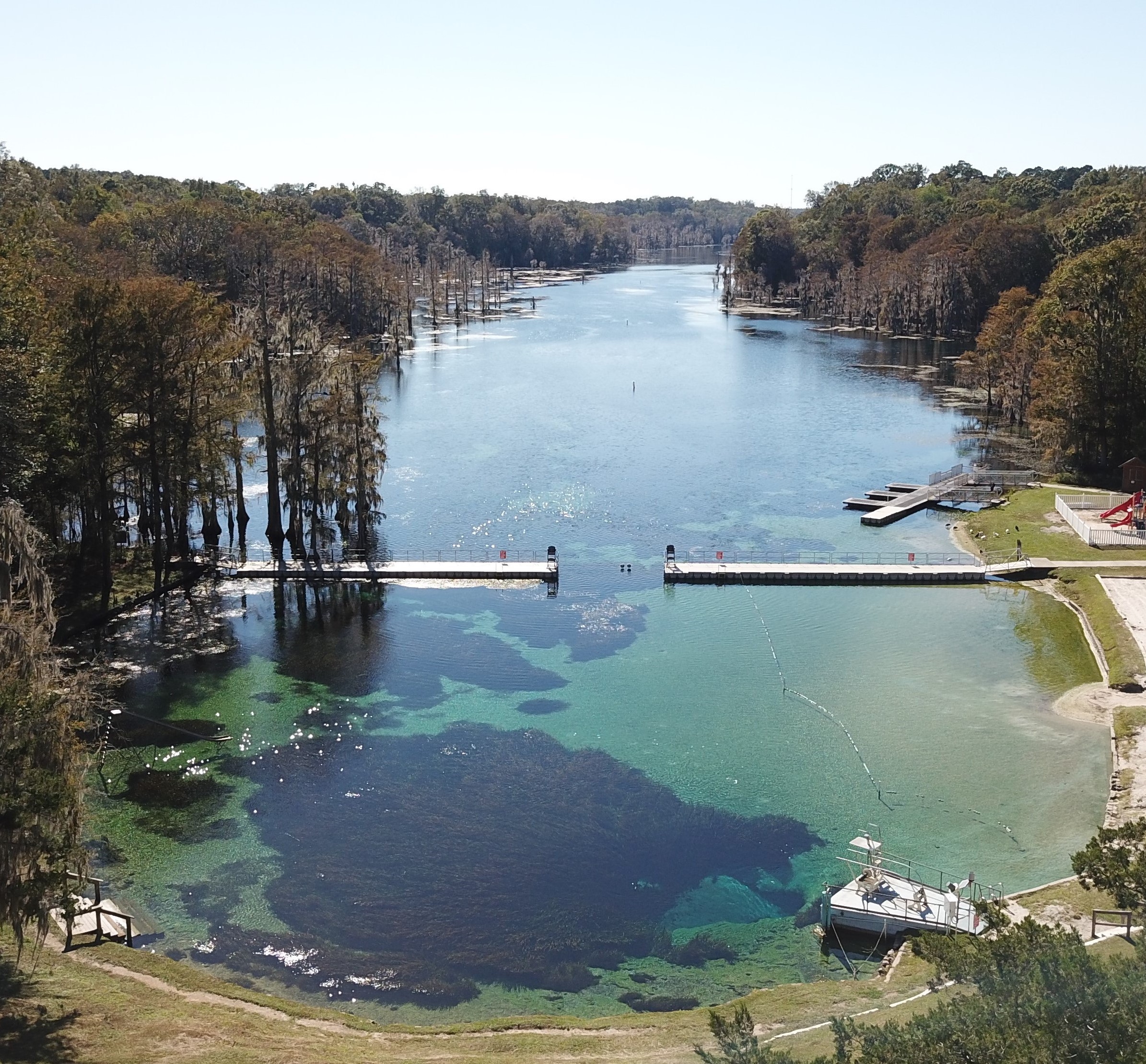
Under SB 712, FDACS field staff will coordinate an Implementation Verification visit every two years with producers enrolled in the BMP Program to ensure BMPs are being implemented. Cotton production in Malone, FL. Credit: Andrea Albertin, UF/IFAS
–
Recently I shared an article, “How Does Senate Bill 712 Affect Agricultural Producers?”, that discussed key elements of the Senate Bill 712 “The Clean Waterways Act” and how the bill affects agricultural producers. I wanted to provide additional information on the nutrient record keeping and record reporting requirements of the bill. SB 712 was passed to further protect Florida’s water resources, and focuses on minimizing impacts of nutrient pollution sources. One of these identified sources is fertilizer used in agricultural production.
The bill affects all landowners and producers enrolled in the Florida Department of Agriculture and Consumer Services (FDACS) Best Management Practices (BMP) Program, regardless of whether or not the enrolled operation is in an area with a Basin Management Action Plan (BMAP). Under this bill, FDACS field staff will coordinate a site visit (an Implementation Verification visit) every two years with producers to ensure proper implementation of BMPs.
–
Nutrient record keeping and reporting

Producers enrolled in an area with a BMAP, like the Jackson Blue, Wakulla and Wacissa River and Springs Basins are required to enroll in the FDACS BMP Program. Jackson Blue Springs/Merritts Mill Pond. Credit: Doug Mayo, UF/IFAS
During an Implementation Verification (IV) visit, FDACS field staff will review records that producers are required to keep under the BMP program. Example record keeping forms are found near the back of every BMP Commodity Manual. Electronic copies of all manuals are located on the FDACS Best Management Practices web page.
In addition to this record-keeping review, producers are required to submit to field staff a record of all nitrogen (N) and phosphorus (P) applied on their enrolled operation during the previous 2 years. FDACS has created a specific form, the Nutrient Application Record Keeping Form (NARF) where producers will record quantities of N and P applied. FDACS field staff will retain a copy of the NARF during the IV visit.
Producers enrolled in the BMP program should have received a letter from FDACS Office of Agriculture and Water Policy (OAWP) dated June 30, 2020 describing changes under SB 712, that included an example of the NARF form.
The copy of the NARF that field staff retain is protected under the public records exemption (Section 403.067 Florida Statutes). In BMAP areas, FDACS will combine the nitrogen and phosphorus application data from all producers and enrolled properties (total pounds of N and P applied within the BMAP area), and will send that information to FDEP.
FDACS’ SB 712 Frequently Asked Questions (FAQ’s) document provides more detailed answers to questions about site visits, record keeping, the NARF, why FDACS is collecting nutrient records, and what will be done with this information.
It’s important to remember that the 2016 Water Bill requires producers in an area with a BMAP, like the Jackson Blue, Wakulla, and the Wacissa River and Springs Basins to either enroll in the FDACS BMP program and show they are in compliance (through IV visits with field staff), or monitor water quality as directed by FDEP at their own expense.
Your best source of information about the FDACS BMP Program, new requirements under SB 712 and available FDACS cost-share opportunities to implement BMPs are the FDACS-OAWP field staff in your area. The USDA Natural Resources Conservation Service (NRCS) and the water management districts also offer cost-share to defer the cost of implementing BMPs. Contact your local NRCS field staff and the Northwest Florida Water Management District for more information on their cost share programs.
- Testing Your Irrigation Water: A Key Step for Managing Crops and Equipment - November 21, 2025
- What to Do if Sinkholes Open on Your Property - November 15, 2024
- Crop Farmers Implementing BMPs in the Chipola River Basin - May 24, 2024
